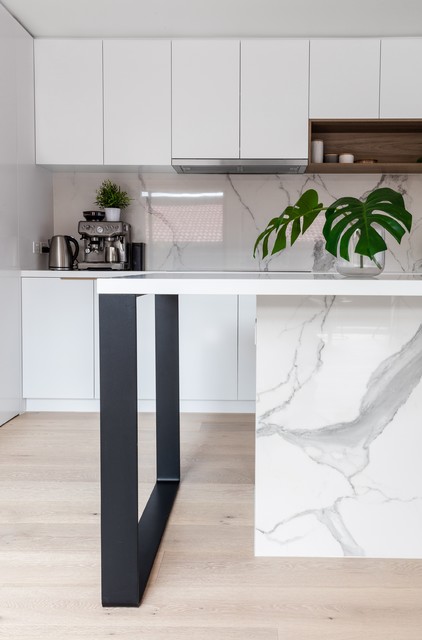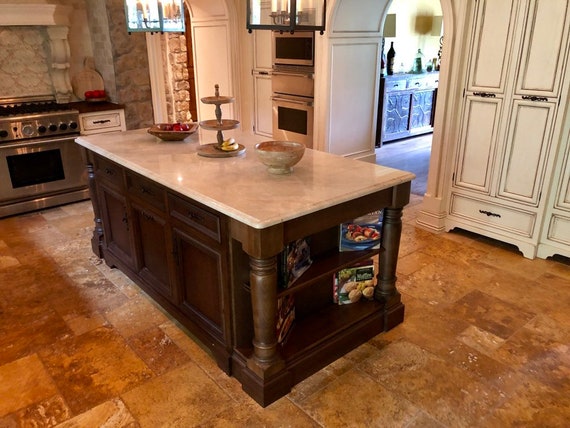Choosing the Perfect Kitchen Island Leg for Resilience and Functionality
Choosing the Perfect Kitchen Island Leg for Resilience and Functionality
Blog Article
The Importance of a Sturdy Kitchen Area Island Leg in Producing a Functional Cooking Area
A tough kitchen area island leg serves as a fundamental component in developing a practical cooking environment, giving needed support for both the kitchen counter and different kitchen area activities. As kitchens evolve right into multifunctional areas for food preparation, eating, and interacting socially, the option of materials and layout factors to consider for island legs ends up being increasingly essential.
Advantages of Sturdy Island Legs
Offering necessary support, sturdy kitchen area island legs play a critical duty in improving the functionality and durability of kitchen area islands - kitchen island leg. These legs not only birth the weight of the counter top and any added items positioned on the island, but additionally add to the overall security of the structure. A well-supported kitchen area island guarantees that it continues to be practical and upright, even under heavy usage, which is specifically vital in busy kitchen area settings
Furthermore, durable island legs can boost the aesthetic charm of the cooking area. They offer a strong framework that can match numerous design styles, from contemporary to conventional. This convenience allows home owners to customize their kitchen area islands according to individual preference while guaranteeing that the structural stability stays uncompromised.
In addition to their supportive role, durable cooking area island legs can additionally enhance safety. Ultimately, investing in durable kitchen island legs is essential for a functional and aesthetically pleasing cooking location.
Products for Kitchen Area Island Legs
When selecting materials for cooking area island legs, resilience and aesthetic allure are critical variables to take into consideration. The most common materials include wood, metal, and crafted wood, each offering unique advantages.
Wood, such as oak, maple, or cherry, is a timeless choice as a result of its stamina and timeless appeal (kitchen island leg). It can stand up to significant weight and is immune to wear, making it excellent for high-use kitchen area environments. Additionally, wood can be discolored or painted to match numerous kitchen styles
Metal legs, usually crafted from stainless-steel or functioned iron, give a contemporary and commercial look. They are exceptionally solid and can support significant lots while being resistant to wetness and heat, which is beneficial in a cooking location. Metal legs can additionally be easily cleaned up, boosting their functionality.

Design Factors To Consider for Stability
The selection of products for kitchen area island legs directly affects the design factors to consider for stability. When making a cooking area island, it is critical to review the weight-bearing capacity of click resources the picked materials. Much heavier materials, such as strong wood or steel, typically give greater security, especially under the tension of daily use.
In addition, the leg design need to incorporate appropriate geometry to enhance security. A wider base enhances the assistance area, lessening the threat of tipping or tottering. Consideration must also be provided to the elevation of the legs; disproportionate leg lengths can bring about imbalance, jeopardizing the total stability of the island.
Furthermore, the circulation of weight throughout the island is crucial. Making sure that the leg positioning aligns with the heaviest components, such as appliances and kitchen counters, will even more improve security.
Upkeep Tips for Long Life

Cleansing is an additional critical aspect of upkeep. Depending on the material of the legs-- whether wood, steel, or composite-- appropriate cleaning approaches need to be employed. For wooden legs, a mild clean with an appropriate timber and a moist towel cleaner will help protect their coating. Steel useful site legs might require a light polish to avoid corrosion and keep their luster.
In addition, tightening up screws and screws on a regular basis can make certain security and avoid wobbling. If the kitchen area island experiences heavy use, think about strengthening the legs with extra brackets or sustains to improve longevity. Finally, applying a protective coating or sealant can protect against dampness and spots, extending the lifespan of the legs. By complying with these maintenance ideas, home owners can guarantee their kitchen area island legs stay useful and robust for several years to find.
Picking the Right Leg Design
Normal upkeep makes certain that hop over to these guys kitchen island legs remain practical and strong, however choosing the best leg style is similarly essential for both aesthetic appeals and support. The option of leg design can significantly affect the overall layout and harmony of your kitchen area.

Functionality is another important aspect. As an example, thicker legs or those with a durable base can support much heavier kitchen counters and equipment, enhancing the island's utility. Conversely, slender legs might create an airy appearance, suitable for lighter designs however possibly less supportive.
Verdict
In recap, the importance of sturdy cooking area island legs can not be overemphasized in the creation of a functional food preparation location. These legs provide important assistance, improve stability, and add to the overall visual of the kitchen area.
A sturdy cooking area island leg serves as a basic element in establishing a useful cooking setting, supplying necessary assistance for both the countertop and different kitchen tasks.Providing crucial support, tough kitchen area island legs play a pivotal function in enhancing the performance and resilience of cooking area islands. Ultimately, spending in sturdy kitchen area island legs is crucial for a practical and aesthetically pleasing cooking location.
Consideration must also be offered to the height of the legs; disproportionate leg sizes can lead to imbalance, jeopardizing the overall stability of the island.
Wood legs give warmth and a traditional appearance, while steel legs provide a modern-day and industrial feeling.
Report this page